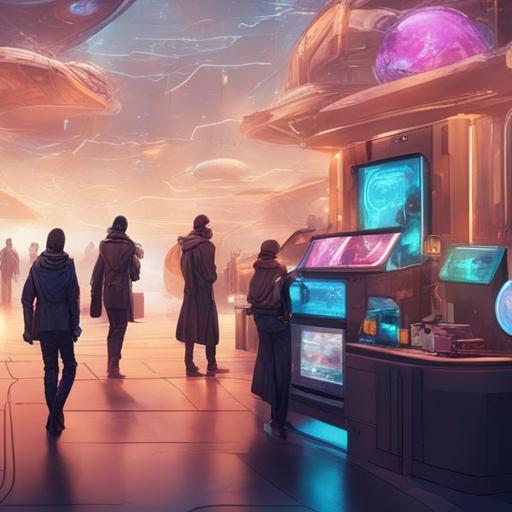In the ever-evolving world of digital technology, a new acronym has been making waves: NFTs. Despite the hype, many people are still puzzled by what NFTs actually are. Let’s break it down in simple terms.
What Are NFTs?
NFT stands for Non-Fungible Token. To understand NFTs, it helps to know what fungible means. Fungible items are those that can be swapped easily for something of equal value. A good example is money. A ten-dollar bill can be exchanged for two five-dollar bills, and its value remains unchanged.
In contrast, non-fungible items are unique and cannot be exchanged on a like-for-like basis. For example, consider a piece of art or a rare collectible. Each holds unique value that isn’t easily comparable to another item. NFTs are digital assets that represent ownership of a unique item or piece of content on the blockchain.
How Do NFTs Work?
NFTs operate on blockchain technology, the same decentralized platform that underpins cryptocurrencies like Bitcoin and Ethereum. A blockchain records information in a way that makes it difficult or impossible to change, hack, or cheat the system. When you buy an NFT, the blockchain proves your ownership and originality of the digital asset.
While the specifics can be complex, the basic principle is straightforward. Think of it as owning a secure digital certificate that asserts you are the owner of a one-of-a-kind digital item. This could be anything from an image, video, music, tweet, or even a virtual real estate plot.
What Can Be an NFT?
The range of what can be turned into an NFT is vast and continually expanding. Many NFTs are linked to complex forms of digital work, such as artwork, music albums, or even virtual real estate. Even these blog entries could be NFTs if someone were to create a unique, singular version of it on a blockchain.
Digital Art – One of the most common uses for NFTs. Artists can sell their work online with proof of originality and ownership attached.
Music – Musicians are creatively using NFTs to sell albums, exclusive tracks, or concert experiences directly to their fans, bypassing traditional platforms.
Gaming – In the gaming world, NFTs can represent ownership of in-game assets like skins or virtual properties, offering new ways to monetize and build player communities.
Why Are NFTs Valuable?
NFTs have created a buzz primarily due to their potential to revolutionize the art and entertainment industry. An NFT’s value is largely derived from its uniqueness and desirability to collectors and fans. The digital market allows for wide exposure, and blockchain ensures transparency and security of ownership.

Additionally, the scarcity often associated with NFTs makes them more enticing. Like rare physical collectibles, their rarity and uniqueness can drive up their worth. For audiences, NFTs present an opportunity to own a piece of internet history or something personally significant, amplified by these scarcity metrics.
The Risk and Future of NFTs
Like any investment, NFTs come with their own set of risks. The volatility of crypto markets affects NFT pricing unpredictably. There is also the risk of digital theft if security measures are inadequate. It’s essential to perform thoughtful research before investing in NFTs.
Looking ahead, the future of NFTs seems promising, with ongoing innovations and applications that could transform numerous fields beyond art and gaming. As more industries acknowledge this potential, the adoption of NFTs is likely to grow, integrating further into various aspects of digital culture and commerce.
